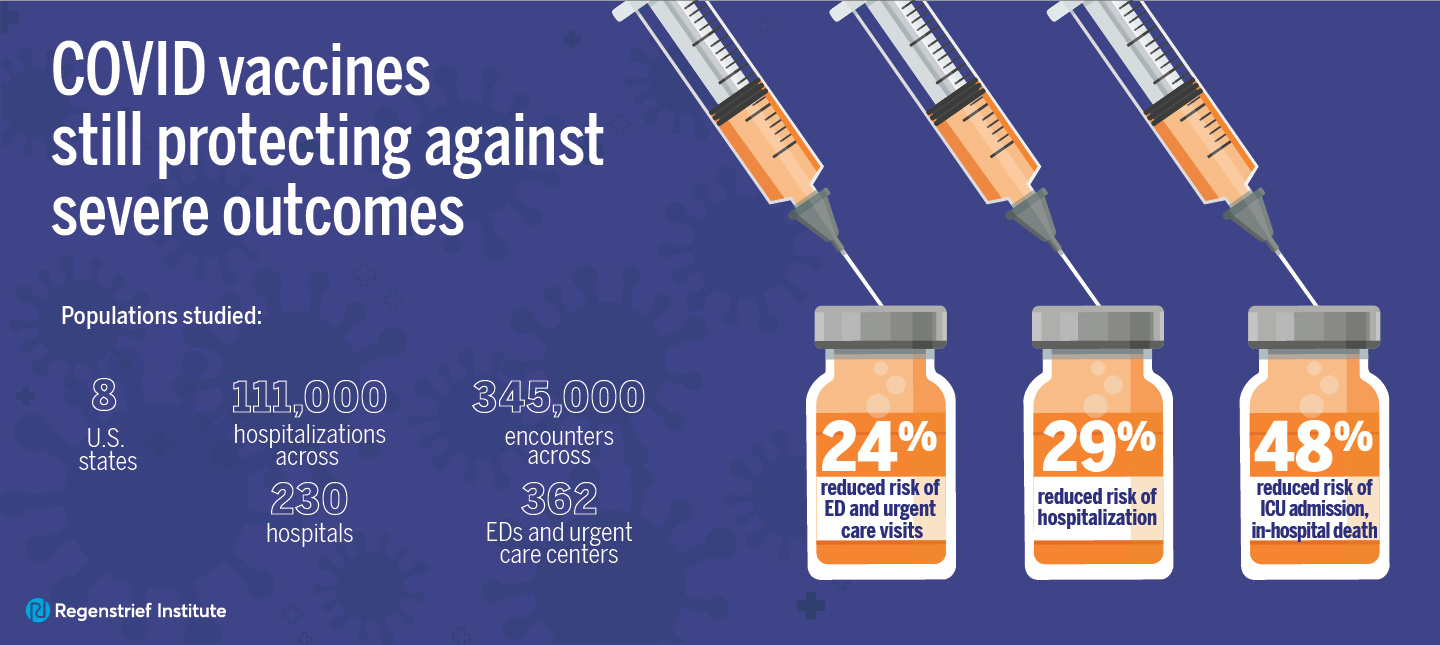Health information exchange (HIE) involves the electronic exchange of clinical and/or administrative health data across the boundaries of health care institutions, health data repositories, and states. Widespread HIE has the potential to improve health care, and HIE has been described as a critical component of recent health reform initiatives including value-based care and patient centered medical homes. Despite the vast potential of HIE, the evidence base for it is weak. Additional studies employing robust methods are necessary to strengthen the evidence base and enable examination of HIE across the diverse environments in which it is used.
This will be the first study of health information exchange use over multiple years and will evaluate whether HIE improves patient outcomes in emergency departments. This work will measure actual use of health information exchange over time, across multiple institutions, to generate high-quality evidence of the value and benefit of health information exchange, in the delivery of emergency care. The research is supported by a two-year award from the Agency for Healthcare Research and Quality.
Health information exchange is most frequently used in emergency settings than anywhere else within the health care system. However, little research has been done on long-term use of HIE or on the impact that HIE might have on patient care within the emergency setting, where visits are often unplanned, urgent and acute, and patient health information is not available beforehand to care providers.
Researchers at Regenstrief and elsewhere have previously investigated whether the availability of information from health information exchange reduces costs by decreasing duplicate testing and unneeded imaging studies, there is a significant lack of knowledge about whether providers’ use of health information exchange in the emergency department leads to actual improvements in patient outcomes. And there is also limited existing information on which personnel in an emergency department use health information exchange and why those providers choose to do so.
Regenstrief investigators will review usage logs from the Indiana Network for Patient Care, one of the largest inter-organizational clinical data repositories in the country, to determine how frequently information from the HIE was used in the emergency department, for what kinds of patients, by what types of health care providers, and under what conditions it was most useful. Further, they will determine which sections of patient medical records were accessed. Additionally, they will review the outcome of the visit to determine whether the patient was admitted to the hospital.








